The Importance of Sensory Exploration
- LeCha Brown

- Feb 15
- 4 min read
Updated: Feb 24
Sensory exploration plays a critical role in the development of infants and toddlers, especially during the early formative years when their brains are growing so rapidly. Sensory input from the environment are things that babies can see, hear, touch, taste, smell, and move through. These are fundamental to building those foundational skills for communication, motor control, cognitive function, and emotional regulation. For infants and toddlers sensory input is not just about them interacting with the world, it’s how they learn to understand the world around them.
What Are Sensory Inputs and Outputs?
Before going further into the specific sensory types, I want you to know that sensory input is the way in which our babies and toddlers receive information from their environment. And on the opposite side of that, sensory output is how they respond to that received information. For example, if your baby hears a sound (input), they may turn their head toward the source of the sound (output). Sensory exploration encourages the development of these inputs and outputs while helping our littles make sense of their world.
What Are the Different Sensory Types?
Vestibular Input: Movement and Balance

Vestibular input comes from the inner ear and is responsible for your littles sense of balance and spatial orientation. It involves movement, such as rocking, swaying, or spinning, and it helps children develop motor control, coordination, and the ability to gauge where they are in space. For infants, this might be as simple as being gently rocked or held while being moved from one position to another.
For babies, the appropriate and guided use of baby swings and rockers will provide this input through the motions of gently moving the baby back and forth and side to side. Activity gyms with stimulating toys also encourage reaching, rolling and stretching to help them develop better coordination. For toddlers, things such as trampolines and sit and spins will provide active vestibular input while targeting balance and motor skills.
Auditory Input: Hearing and Sound

Auditory input simply put is the sounds a child hears. It plays an essential role in language development, auditory discrimination, and social interactions. For babies, hearing sounds helps with early speech recognition and learning how to focus on voices or noises. Some things you can incorporate at home for your little to provide auditory input includes (but is not limited to) rattles, musical toys, sound books, sound puzzles, musical play gyms and crinkle toys. These things will help your little connect sounds with their corresponding objects, help them develop auditory memory, early speech sounds and the early ability to develop a pattern of rythym.
Visual Input: Sight and Visual Tracking

Visual input is critical for developing focus, attention, and early problem-solving skills. Our babies are born with such limited vision, but as they grow and develop, they begin to focus on bright, high-contrast objects. Visual exploration helps with eye coordination, depth perception, and recognition of shapes, colors and familiar people. Black and white contrast cards provide a fantastic source of visual input for your babies to help stimulate their developing vision. The use of mirros supports their awareness of their own body and expressions.
Tactile Input: Touch and Texture

Tactile input refers to the sense of touch and is one of the most important ways babies explore their environment. Babies will naturally put things in their mouths to experience different textures, while toddlers develop more refined tactile skills through activities like building blocks or coloring. For infants, toys with different textures such as textured balls, sensory mats, crinkle cloths etc, will help to stimulate their tactile senses as they grab to feel the surface. For toddlers, sensory play such as play dough and sand play helps develop fine motor skills through squishing, rolling, and shaping.
Gustatory Input: Taste and Flavor

Gustatory input refers to the sense of taste. Taste exploration helps children develop preferences for certain foods and is also essential for developing the motor skills needed for feeding. Teething toys and edible sensory items (through adult supervision) are a great way to provide opportunity for your little to explore different textures and flavors.
Olfactory Input: Smell

Our sense of smell is closely connected to memory and emotional responses. Although not always as heavily explored as other senses, olfactory input plays a crucial role in helping babies form associations with comfort (like the smell of their mom) and the environment around them.
Proprioceptive Input: Body Awareness and Muscle Movement

Proprioceptive input refers to the body's sense of position and movement through space. This sense helps babies and toddlers learn to coordinate their muscles and understand their body's movements, such as whether they’re standing or sitting, or whether their muscles are relaxed or tense. At home, soft climbing toys as well as push and pull toys can help them understand their body's position, target coordiation and help to strengthen their muscles.
Sensory exploration is such a foundation to your littles development. From learning how to move their body to understanding the world around them, our babies benefit greatly from different types of activities that stimulate their senses in meaningful ways. By providing them with sensory-rich toys that enhance vestibular, auditory, visual, tactile, gustatory, olfactory, and proprioceptive input, we give them the tools they need to build a stronger connection to themselves and the world around them. Whether it's a soft toy to squeeze, a musical rattle to shake, or a cozy blanket to cuddle, every sensory experience enriches their growth and sets the stage for later learning and development.
Just a reminder to always be mindful of your child’s preferences and sensitivities when introducing new sensory experiences. For example, my own child struggles to regulate with loud and high pitched noises. Each child’s journey is unique, and sensory exploration can always be adapted to suit their individual needs.
-LeCha Brown
Co-founder of Play Based Learning Co.

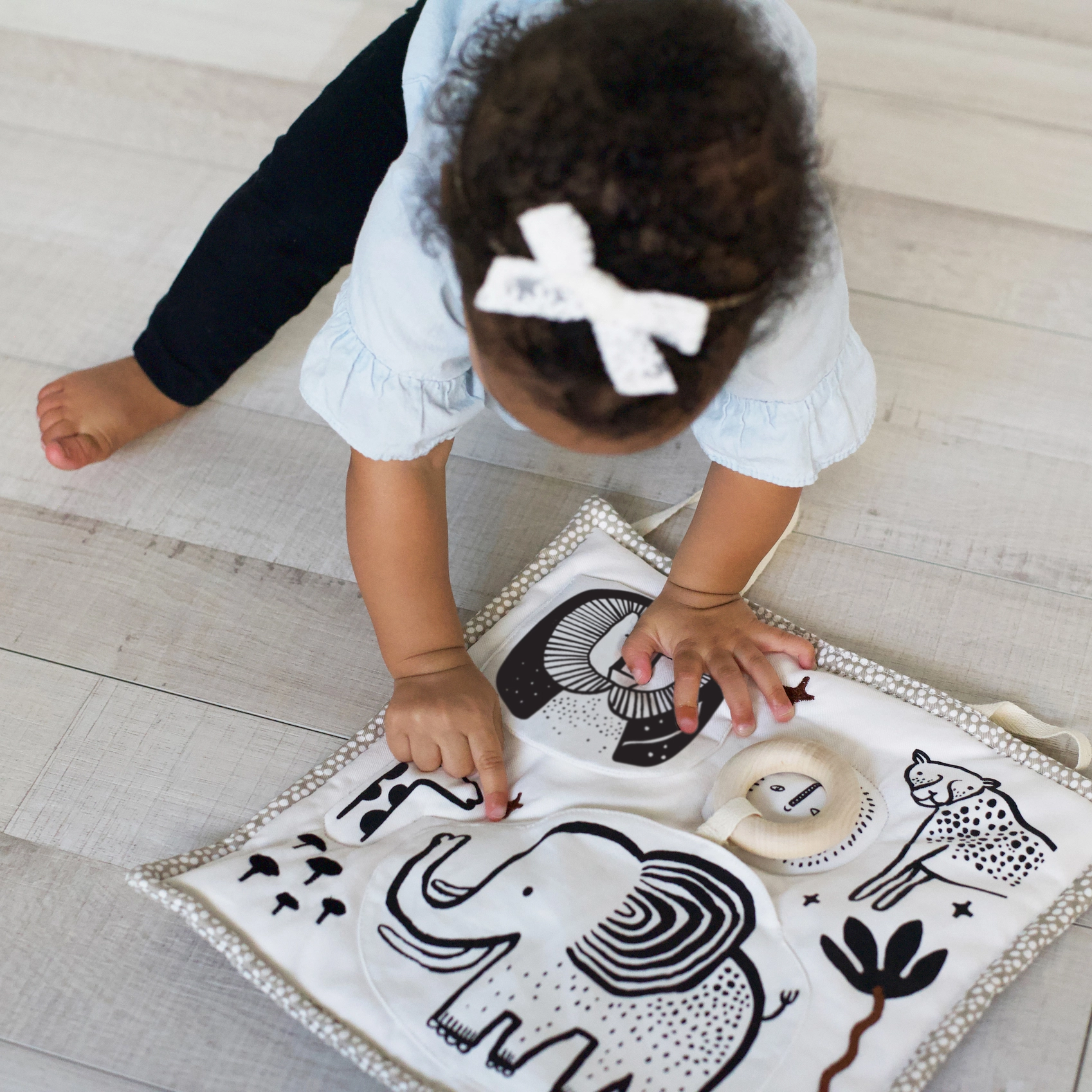
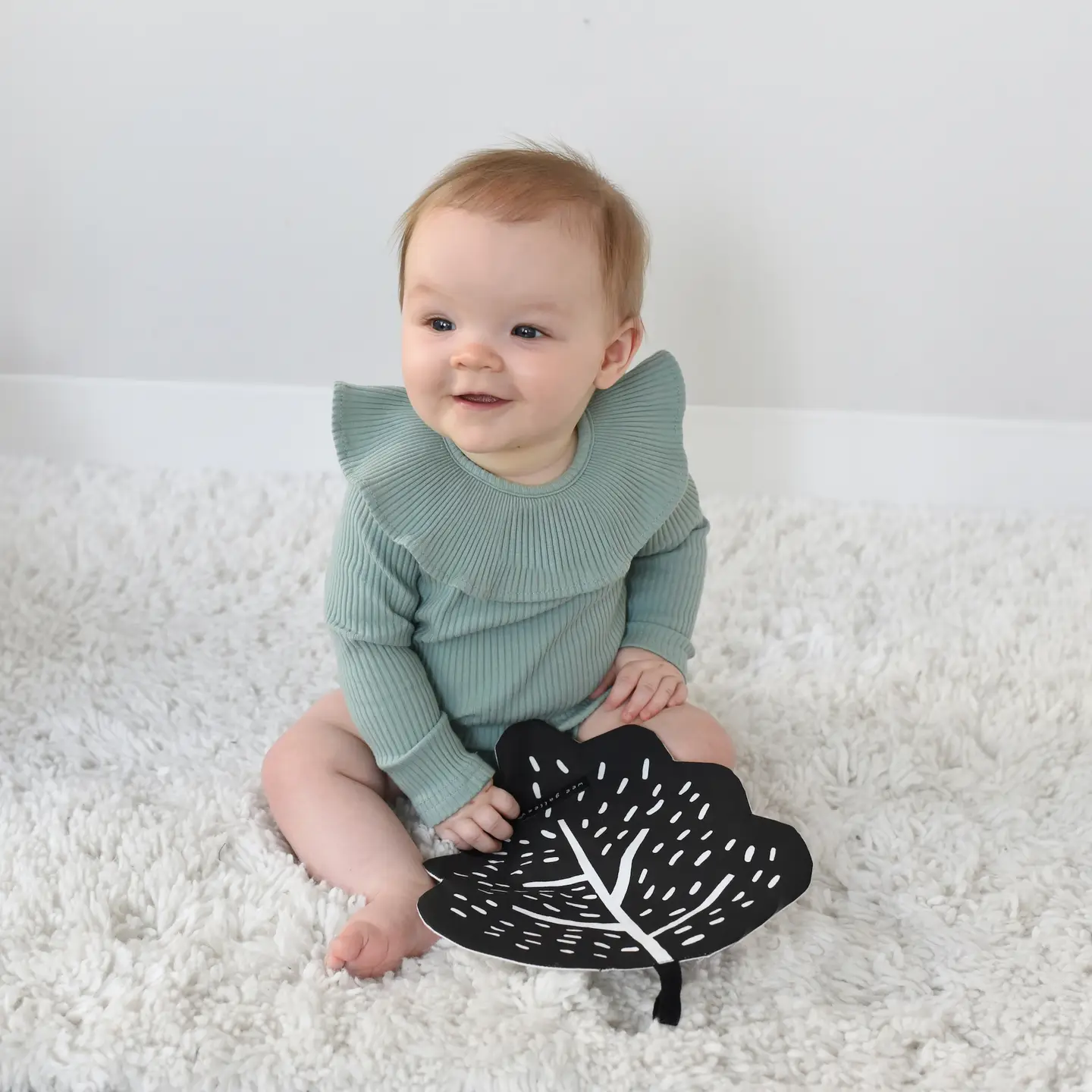
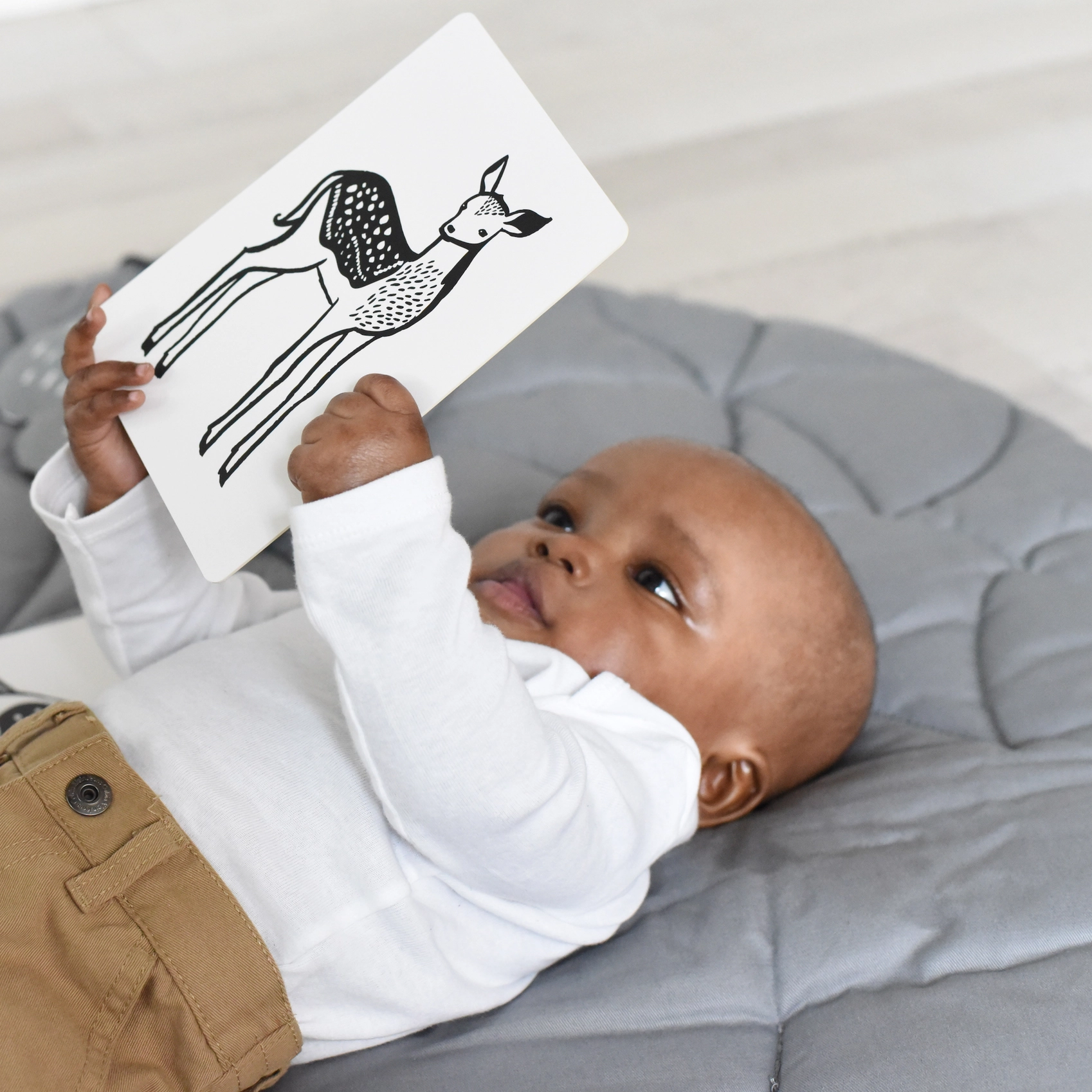
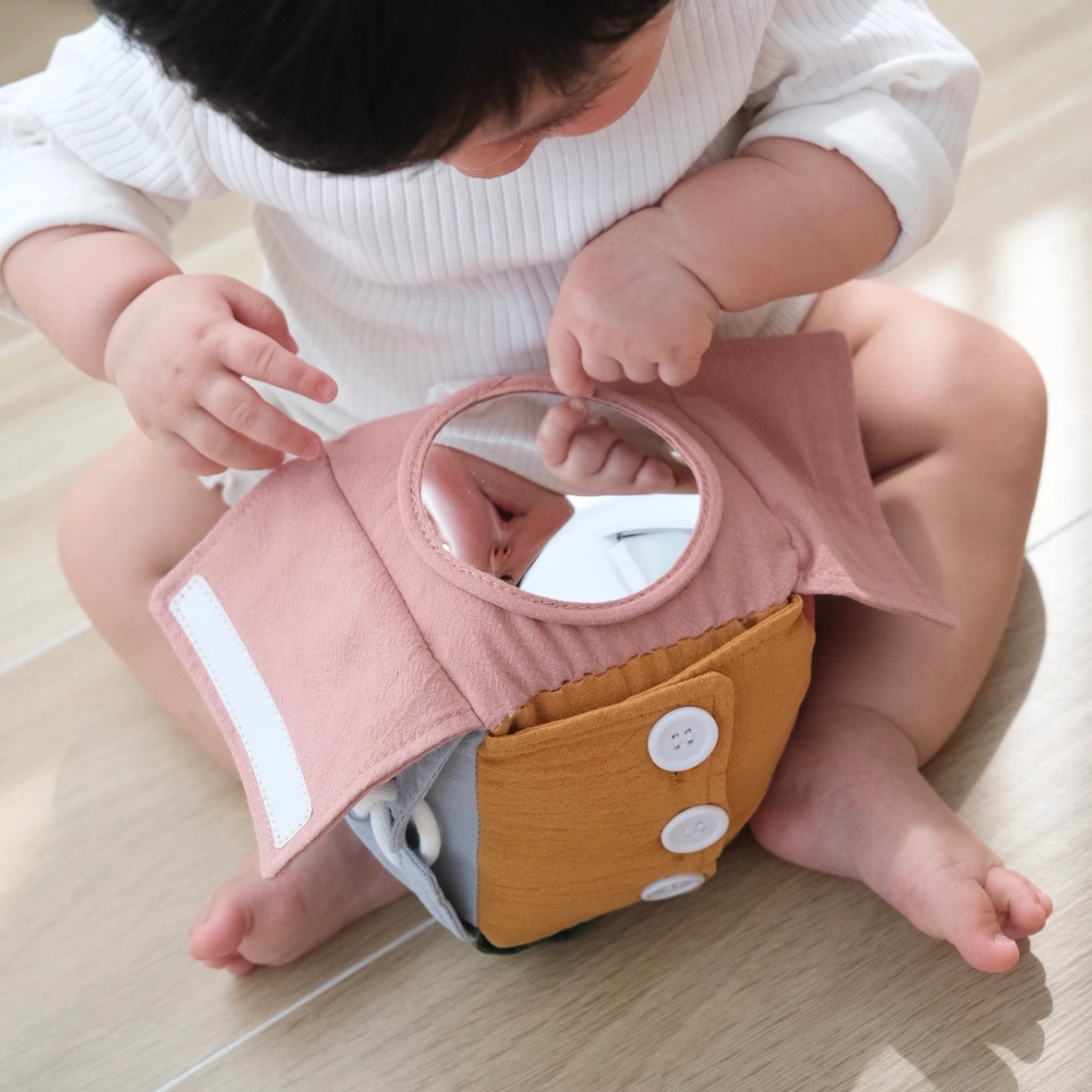

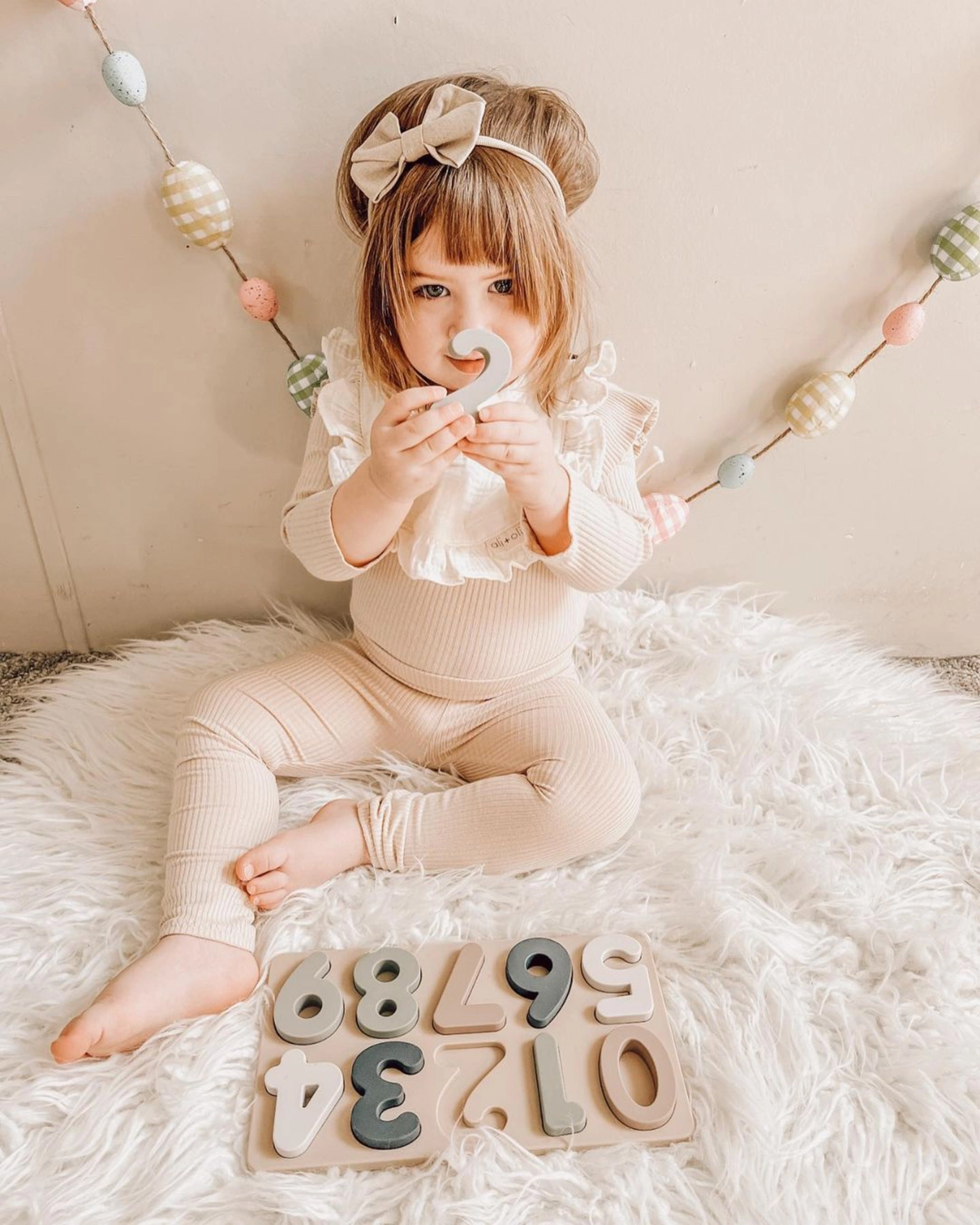


Comments